Insurance policies are an integral part of our lives, covering various aspects such as cars, homes, and valuable possessions. Among these, diamond rings, which hold significant sentimental and monetary value, are often included in insurance policies. This leads us to the question: How much does it cost to insure a diamond ring?
Unfortunately, there is no straightforward answer to this query, as insurance policy costs depend on several factors. To help you navigate this topic, we have compiled a list of essential considerations when seeking insurance for your diamond ring. Additionally, we have included some intriguing facts related to diamond ring insurance. Stay tuned to discover more about the main question at hand.
DESIGN YOUR OWN ENGAGEMENT RING: START WITH A SETTING OR START WITH A DIAMOND. IT’S REALLY UP TO YOU!
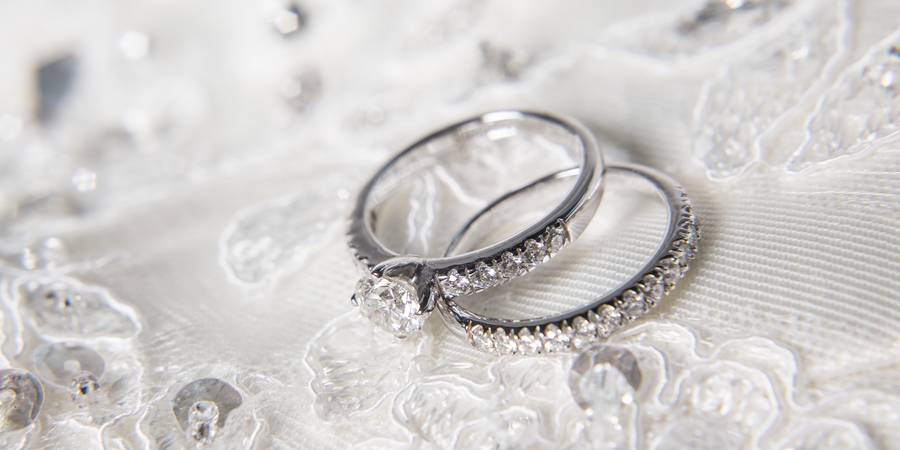
Different Types Of Diamond Ring Insurance
The cost of insuring a diamond ring depends largely on the type of insurance policy you choose. Here are some popular options to consider:
- Standard homeowners insurance policy: This policy typically covers jewelry, including diamond rings, against losses caused by fire, natural disasters, theft, and vandalism. However, it’s important to note that there is often a strict limit, such as $1,500, for jewelry coverage. In many cases, this limit may not be sufficient to fully cover the value of a diamond ring. Some homeowners insurance policies may allow you to increase this limit for a higher premium, typically between $2,500 and $5,000, but even these amounts may fall short for diamond rings. Additionally, it’s essential to remember that homeowners insurance only applies to your home, so you may need additional coverage when traveling with your diamond ring.
- Personal articles floater: This option is worth considering if your diamond ring exceeds the limits of a standard homeowners insurance policy. A personal articles floater is a separate insurance policy that provides coverage for specific items, like your diamond ring. It typically has its own list of excluded losses, so it’s important to understand the situations in which your insurance applies. The price of the floater is determined based on the individual item being insured, and coverage is often international.
- Stand-alone jewelry insurance policy: This option is generally considered the best and most comprehensive, but it can also be the most expensive. Stand-alone jewelry insurance policies can be purchased from insurance companies specializing in jewelry coverage. These policies offer a wide range of coverage options in terms of level and scope, and they typically have no impact on your other insurance rates, such as home insurance or car insurance.
When insuring a diamond ring, it’s crucial to carefully evaluate your options and consider the value of the ring, your specific insurance needs, and any limitations or exclusions in the policies you are considering.
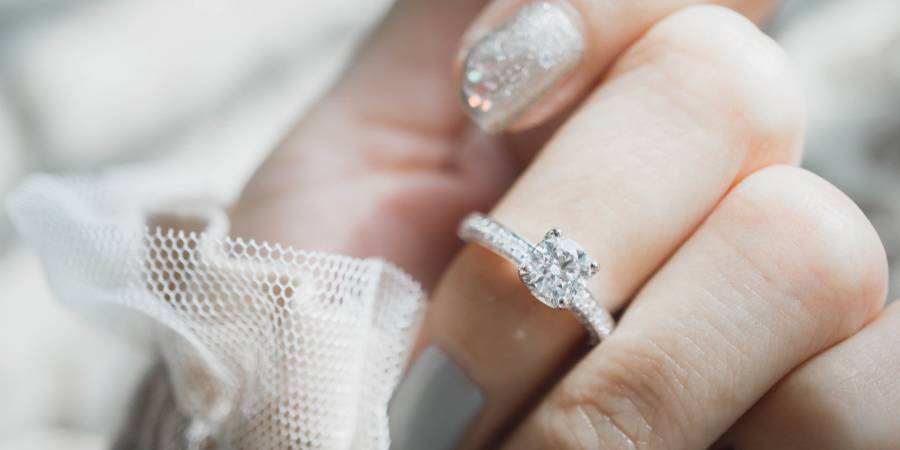
Value Of The Diamond Ring
When it comes to insuring a diamond ring, the cost of insurance is primarily determined by the value of the ring. Insurance companies commonly set the premium for a diamond ring policy at around 1% to 3% of the ring’s value.
For instance, if your ring is valued at $10,000, you can expect to pay approximately $100 to $300 as an insurance premium.
The specific cost of insuring a diamond ring varies depending on its value, meaning that higher-priced rings will generally have higher insurance premiums. To determine the value of your ring, it is advisable to obtain an appraisal that takes into account key factors such as cut, color, clarity, quality, carat weight, the number of diamonds, craftsmanship, and any distinctive markings.
The origin of the materials used and current retail prices in the regional market can also influence the value. Many insurance companies require an appraisal for high-value jewelry (typically defined as exceeding $5,000), while receipts from the store may suffice for less expensive pieces.
When seeking an appraisal, it is important to choose a reputable appraiser with good reviews and recommendations, as well as expertise in gemology. Opting for an appraiser who is a member of a national appraisal society and holds at least a graduate degree in gemology is often a wise decision.
Diamonds are known for their enduring value and are often considered a solid investment. It is recommended to have your diamond ring reappraised every 2 to 3 years for insurance purposes. Reputable appraisers typically retain a copy of your previous appraisal and base their work on it, which can reduce the cost of the reappraisal.
When taking your ring for reappraising, repairs, or adjustments, it is advisable to bring a copy of your previous appraisal and insurance policy to ensure accuracy and facilitate the process.
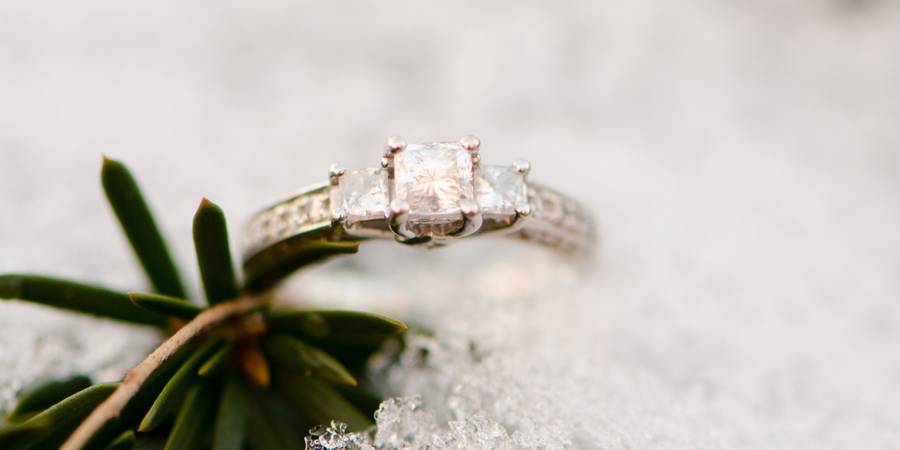
Level Of Insurance Coverage
Determining the level of insurance coverage is an important aspect of your policy, as it defines the extent of protection for your diamond ring. It is essential to understand the risks your insurance covers and carefully consider the need for specific types of protection.
It’s worth noting that higher coverage levels often result in higher insurance premiums. Therefore, finding the right balance between coverage and cost is crucial.
Most policies typically cover theft of your diamond ring but may not provide coverage for accidental loss or damage. Additionally, it’s important to be aware that certain insurance policies may not fully cover the value of rare or highly expensive pieces.
Furthermore, normal wear and tear on your diamond ring might not be covered by insurance, requiring you to bear the expenses for repairs yourself.
To avoid such situations, we recommend familiarizing yourself with proper diamond ring maintenance practices. This can help prevent additional costs when insuring your diamond ring and ensure its longevity.
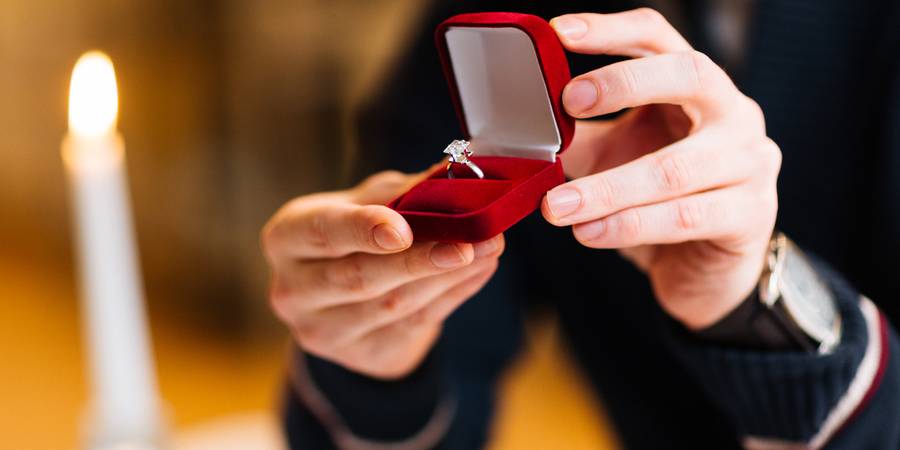
Area Of Insurance Coverage
Similar to the previous aspect, the extent of insurance coverage is an important consideration. The broader the coverage area, the higher the price, and you must assess whether it aligns with your lifestyle and habits.
For frequent travelers who intend to carry their diamond ring with them, exploring international or regional insurance policies might be worthwhile. Since certain regions pose higher risks than others during travel, it’s understandable that wider coverage areas come at a higher cost.
The specific cost of wider coverage depends on the insurance company, its policies, and pricing. It’s advisable to request detailed information from the insurer when selecting the policy that suits your needs.
However, if you plan to leave your diamond ring at home during vacations or business trips, this concern becomes less relevant, and standard coverage should suffice.
Ensure that you are aware of the boundaries outlined in your insurance policy and inquire about the possibility of modifying it in the future if the need arises. Flexibility in adjusting your coverage can be advantageous.
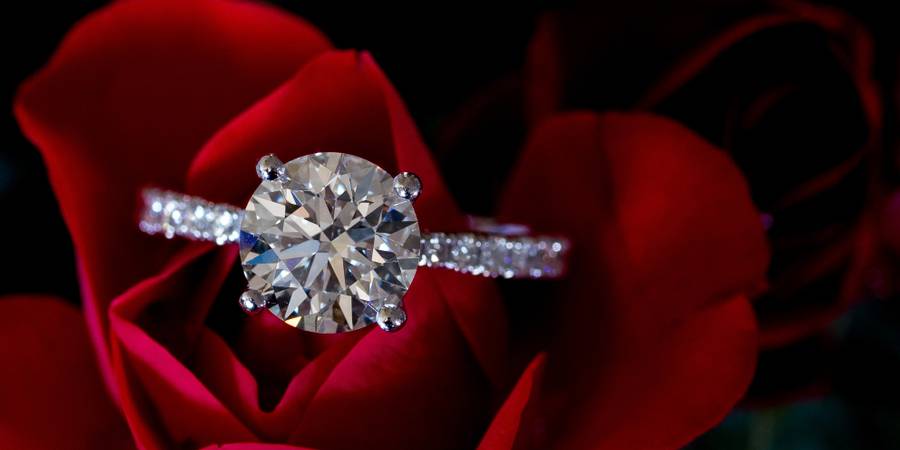
Difference Between Insurance Companies
When it comes to choosing an insurance company, it’s important to invest some time in finding the right one for your needs, as it will ultimately be worth the effort.
It’s worth checking if any of the insurance companies you already have policies with are willing to provide coverage for your diamond ring. Maintaining a positive history with a particular company can have a significant impact on the cost of new premiums.
If you’re looking to explore options beyond your current insurers, we’ve compiled a list to simplify your decision-making process:
Top Choice: Jewelers Mutual Insurance Group
Best for Bundling Policies: GEICO
Comprehensive Coverage with No Deductible: Zillion
Enhanced Privacy Protection: Lavalier
Ideal for New Jewelry: GemShield
Superior Full Value Coverage: Chubb
Personalized Experience: JIBNA Personal Jewelry Insurance
Each of these companies offers unique advantages, so consider your specific requirements and preferences when making your selection.
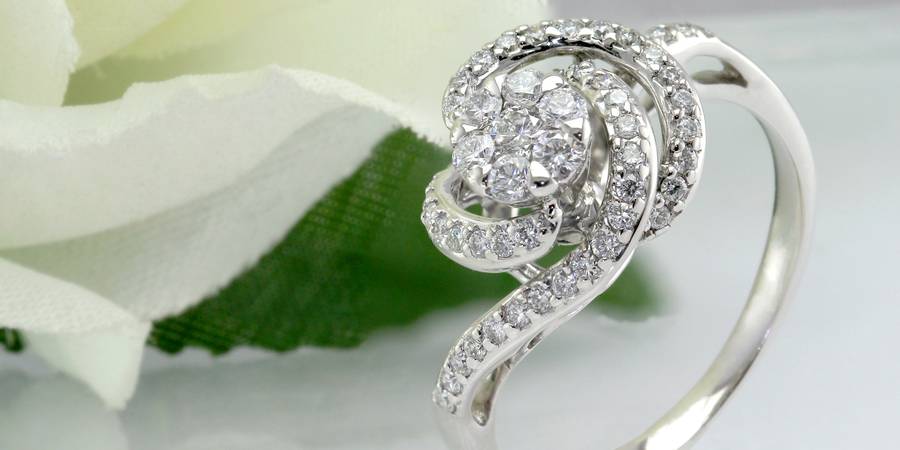
Make Sure To Ask Important Questions
When insuring your diamond ring, it’s essential to ensure you’re getting the best value for your money. Take the time to carefully evaluate each offer and don’t hesitate to express your preferences and concerns before committing to any deal, particularly when it involves your precious diamonds.
Consider the following key factors:
- Documentation for theft or loss:
If your diamond ring is stolen, insurance companies typically require evidence of theft, such as a police report and signed witness statements. In the case of a misplaced ring, it’s advisable to retrace your steps and search potential places before filing an insurance claim. Familiarize yourself with your obligations in different scenarios and cooperate with the insurance company representatives to expedite the resolution process. - Replacement options:
If your insurance offers a replacement instead of a cash payment, be aware that you may be limited to specific jewelry stores or jewelers affiliated with your insurance company. Consider the selection of stores or jewelers your insurance company works with when choosing your policy. - Repair preferences:
Knowing who will handle the repair of your damaged diamond ring is important, and having a say in the matter is even more crucial. Check if your chosen insurance company allows you to choose your own jeweler or if they have a designated list of approved jewelers. Before entrusting your valuable ring to anyone, verify their qualifications and reviews.
Related Read: Can a Chipped Diamond Ring Be Repaired?
- Policy adjustments:
Evaluate if your policy includes provisions for adjusting to inflation and other potential changes. While it may be tempting to save money initially, consider the long-term costs. Insurance company representatives should clearly explain any foreseeable policy adjustments, ensuring you won’t have to seek new coverage within a year or two.
By considering these factors, you can make an informed decision and find an insurance policy that meets your specific needs and provides adequate protection for your diamond ring.
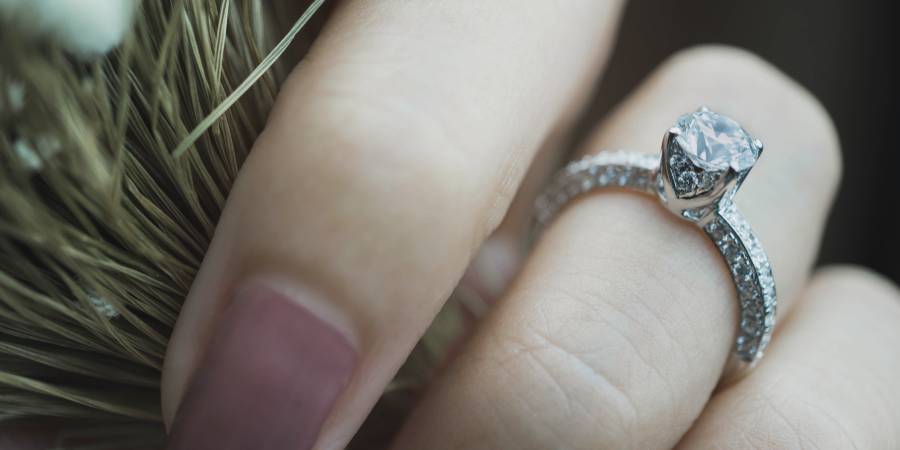
Conclusion
Are you still curious about the cost of insuring a diamond ring? The truth is, there’s no fixed answer—it varies depending on the insurance policy you choose.
Opting for standard homeowners insurance might be more affordable, but it often comes with stricter limits on the value of the diamond ring and coverage options.
A personal articles floater is a better choice for insuring diamond rings, offering broader coverage levels. However, it generally comes with a higher cost and can provide international coverage.
For the most comprehensive coverage, a stand-alone jewelry insurance policy is the best option. Keep in mind that it is also the most expensive choice. However, it allows for customization and provides coverage in various situations and locations.
Several factors are taken into consideration when calculating the premium for diamond ring insurance, including the price and value of the ring, your lifestyle, hobbies, travel frequency, and the coverage levels you select.
Ultimately, the decision is yours. Take the time to find the perfect insurance policy that suits your needs and budget.


